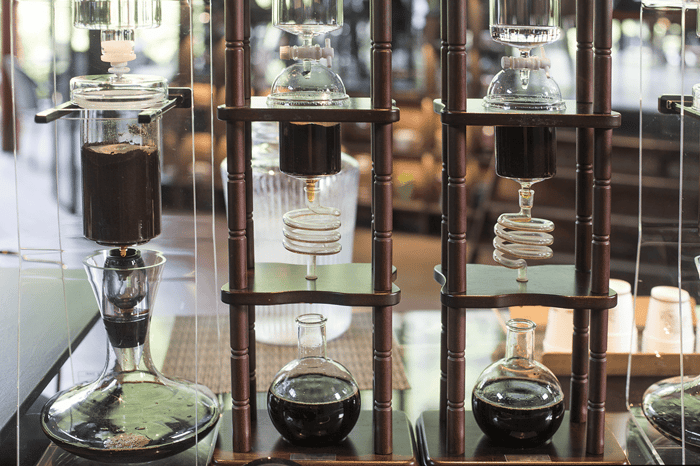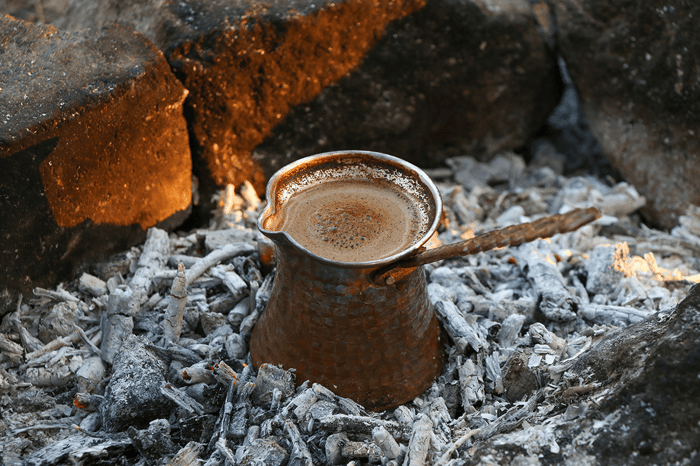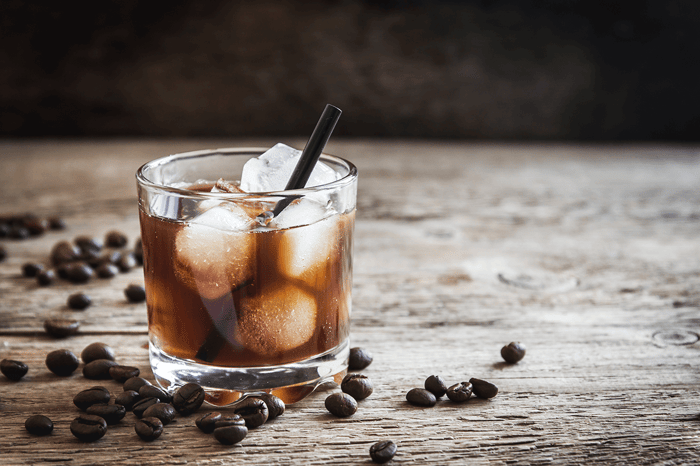
If you’ve never known what cold brew coffee is but you’ve been afraid to ask for seeming like you’re not a true coffee freak, you’re not alone. Some restaurant and coffee chains—we won’t mention any names—have been purposely muddying the waters between what iced coffee and true “cold brew” are.
They know cold brew sounds fancier, like, say… something people will pay more money for—and hey, they’re both just cold coffee, right?
Nope.
True, both start with ground coffee beans and are (often) served with ice cubes, but that’s about where the similarities end.
So, what’s the big difference between cold brew and iced coffee?
Pretty simple, really: Cold brew is coarsely ground coffee that’s been steeped in cold water, whereas iced coffee is coffee that’s been brewed with hot water and poured over ice to cool it down.
To repeat: Cold brew is not hot coffee poured over ice (and it’s almost definitely not what your local fast food drive-thru is calling cold brew).
It’s made using a completely different brewing/extraction process, and the result product has several health, taste, and convenience benefits compared to iced coffee:
- Cold brewed coffee has much more caffeine.
- Cold brew lasts much longer than other brewed coffee.*
- It’s generally sweeter, smoother, and less bitter-tasting than iced coffee.
- It has low acidity, and is significantly easier on the stomach for people with digestive sensitivities.
- Compared to iced coffee, it tends to taste less watered-down because it starts cold and doesn’t rely on melting ice cubes to reach a cold temperature.
*To be more specific, undiluted cold brew coffee will last in your fridge for approximately two weeks. Adding water will drastically shorten the storage life, reducing it to just a couple of days.
As you can see, you can keep your batch of cold brew around a lot longer by waiting to add the water to it until you’re ready to drink it.
If you’re making cold brew at home, remember to make sure that your beans aren’t too finely ground. If you’re using to grinding your beans super fine before making drip coffee, pay attention here. This is one of those situations where you definitely want to aim for a coarse grind. Otherwise, your cold brew might resemble cold mud (really bitter tasting cold mud).
You don’t want to be too impatient when you’re making cold brew, because just like when you’re watching hot water drip through coffee in a brewer, the coffee is infusing the water while it’s in the refrigerator.
That means if you decide to pull your cold brew out a few hours early, you’re going to end up with a much weaker batch of coffee. (And we’re not fans of weak coffee here.)
Those hours between 12 and 24 make a huge difference—cold brew that’s only been brewing for 9 hours or so will probably leave you disappointed. That being said, letting your coffee brew for a full 24 hours will result in an extremely strong coffee concentrate.
Remember, once the brewing process is over, you’ll be able to keep the cold brew concentrate in the fridge for days and use it to make multiple pots of coffee. So if you’re craving a cup or three before twelve hours is over, use another method like making pour over coffee or use an AeroPress.





